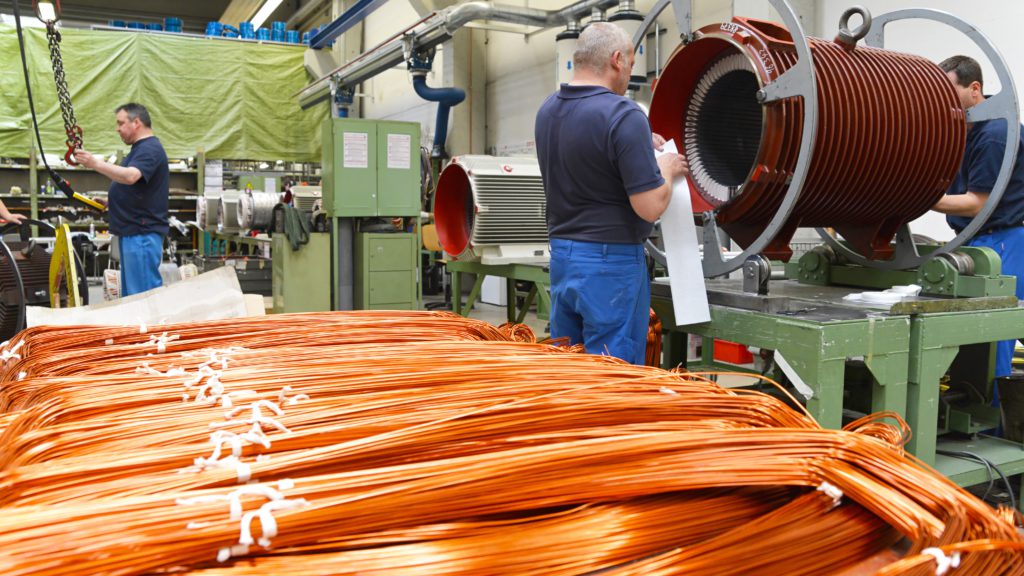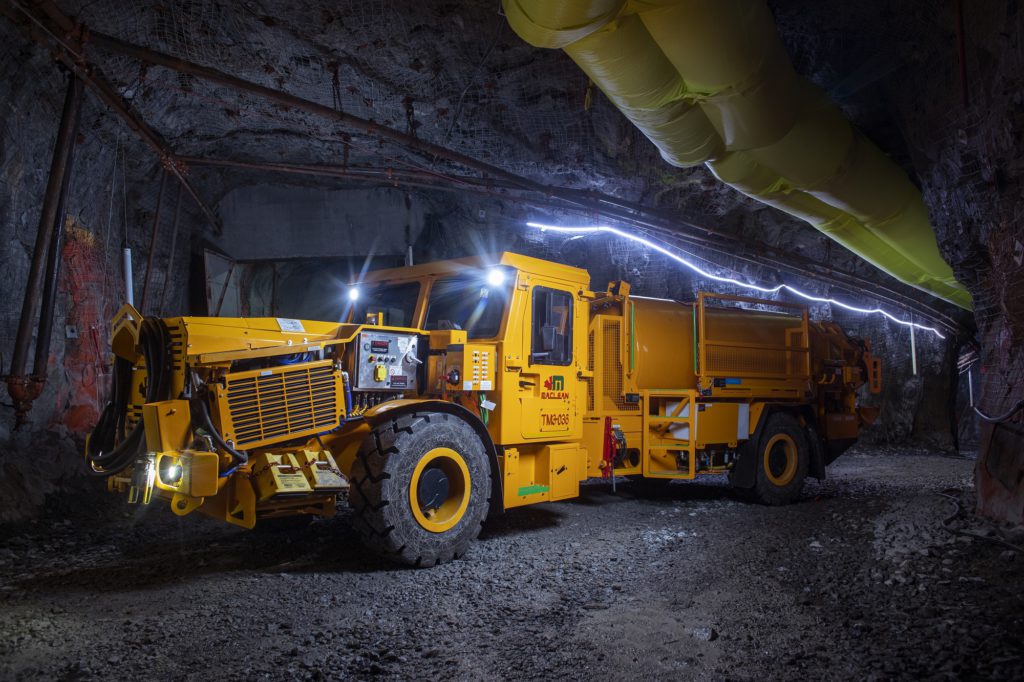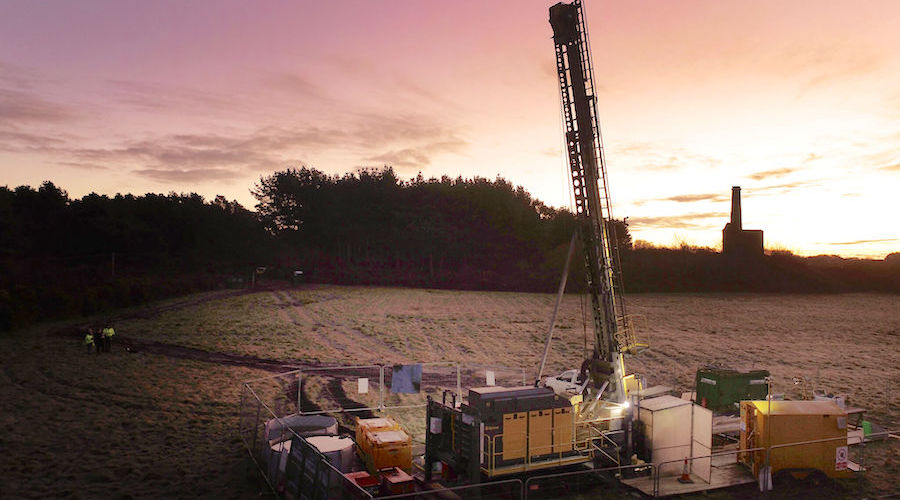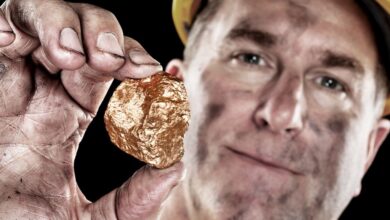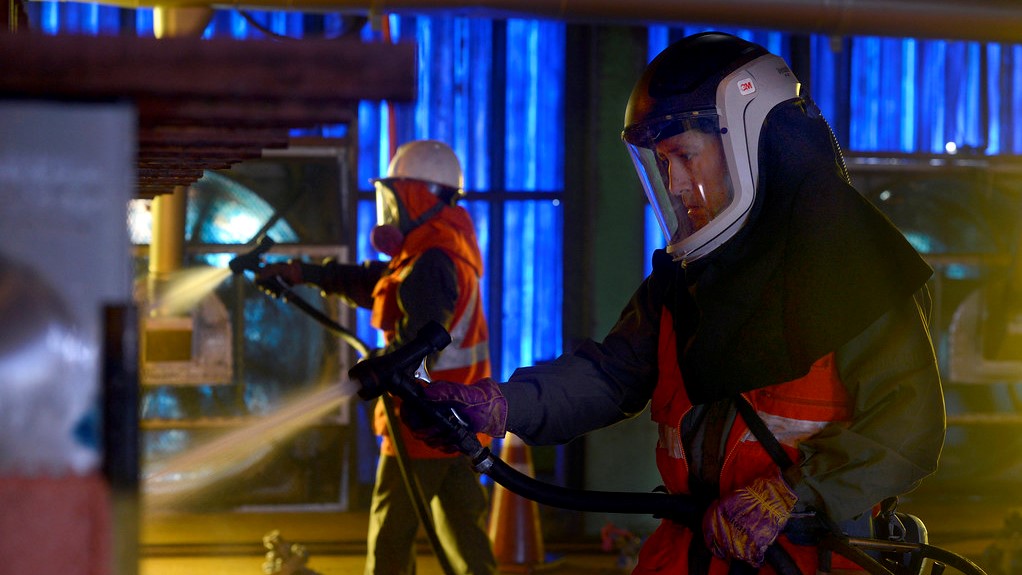Rare-earth metals get the sparkler party started
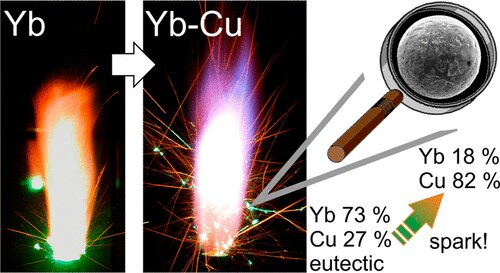
Another entertaining aspect of sparkler fountains is their branching sparks that burst apart repeatedly into multiple, smaller particles that flash. Commercial sparklers typically contain iron-carbon powders for this effect, but metal-metal alloys can also do this. So, Hübner and his team wanted to test whether rare-earth metal-metal alloys could be used to create brand-new types of colour-changing or branching sparks.

The researchers pressed single-metal powders and metal-metal alloy powders containing alkali, transition and rare-earth metals, one at a time into a flame. Rare-earth alloys provided more colourful sparks than single-metal powders. For instance, ytterbium produced intense green explosive flashes. But when the ytterbium-copper (Yb-Cu) alloy was burned, it continuously released a shower of long sparks that switched from golden to deep green.
Then the researchers combined rare-earth metal alloys with ammonium perchlorate and nitrocellulose-based propellant to create smokeless fountains. A powdered version of neodymium magnets created the most attractive fountain with continuously branching sparks, with each initial “parent spark” shooting off many more sparks in just a fraction of a second.
The scientists point out that the tests yielded two promising sparkler materials, though they caution that the recipes must undergo further safety testing before they can be used in commercial products.
This post has been syndicated from a third-party source. View the original article here.
